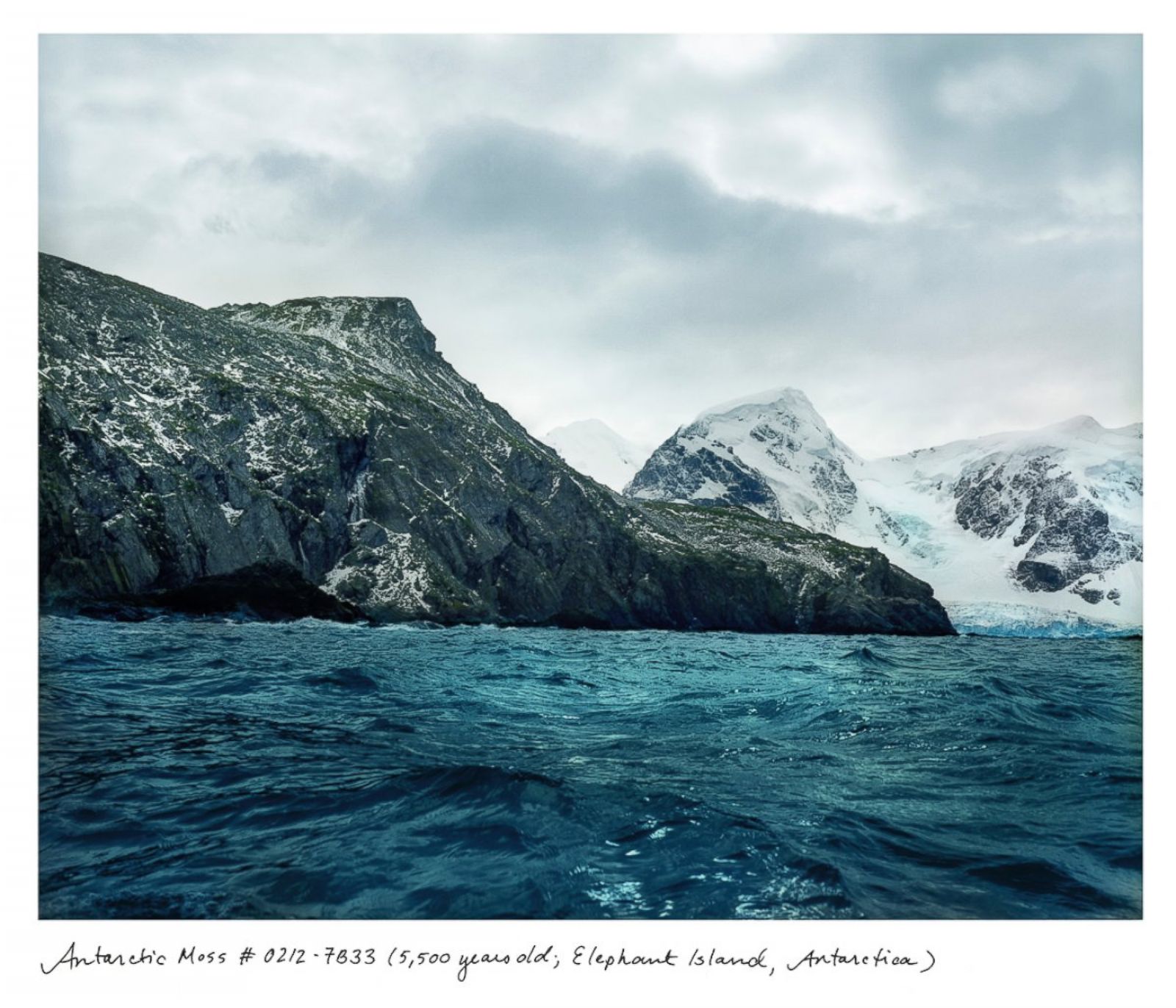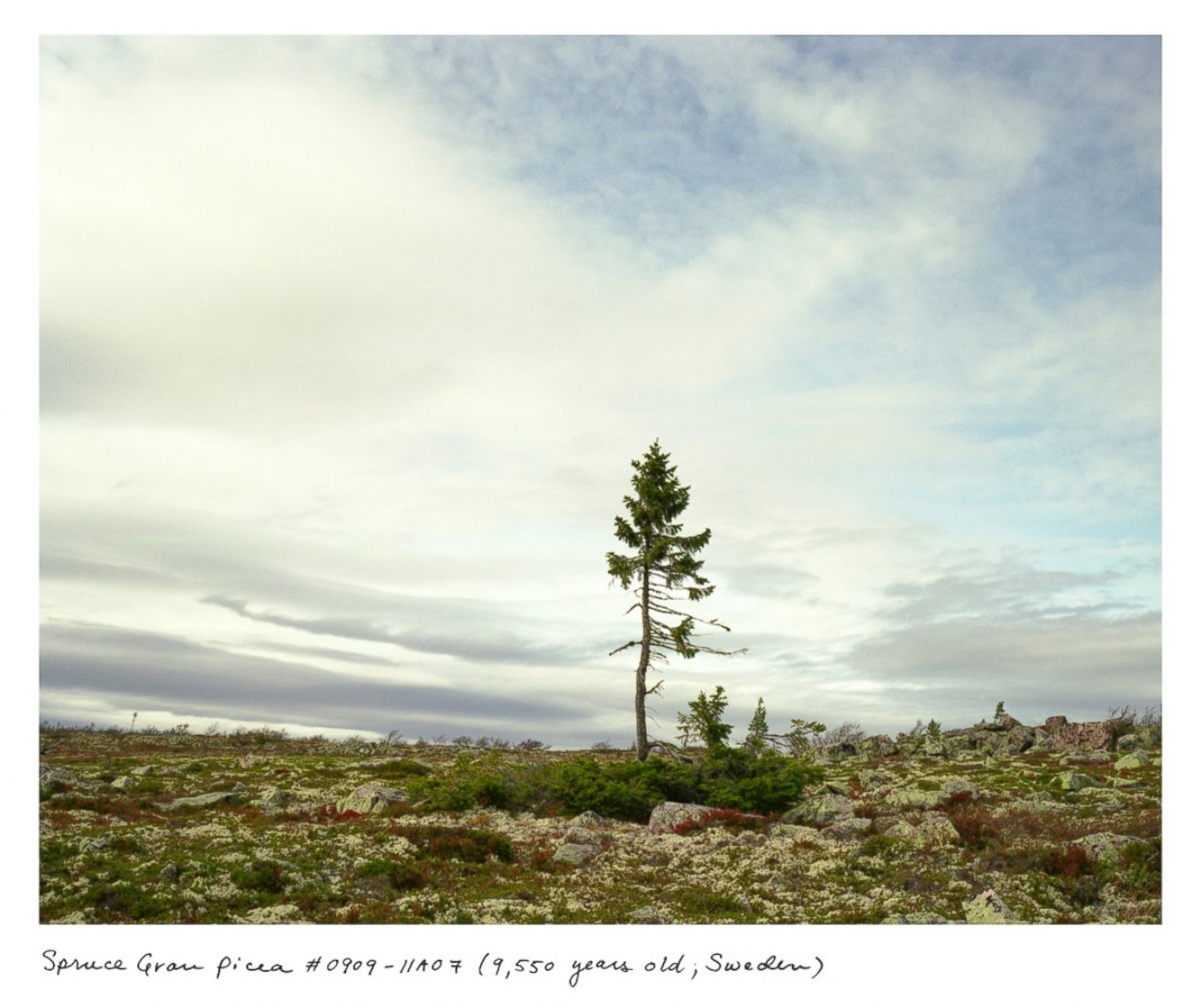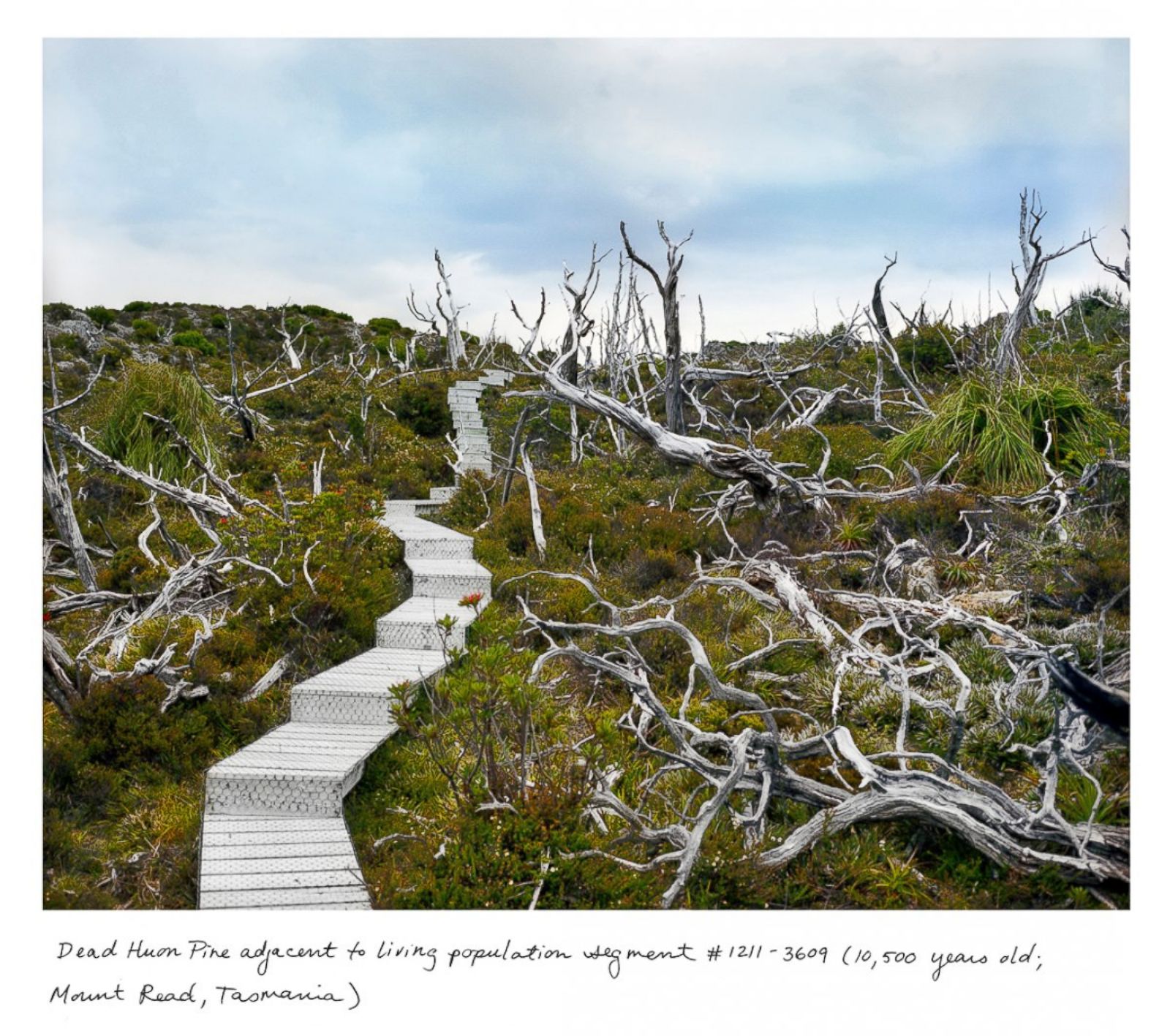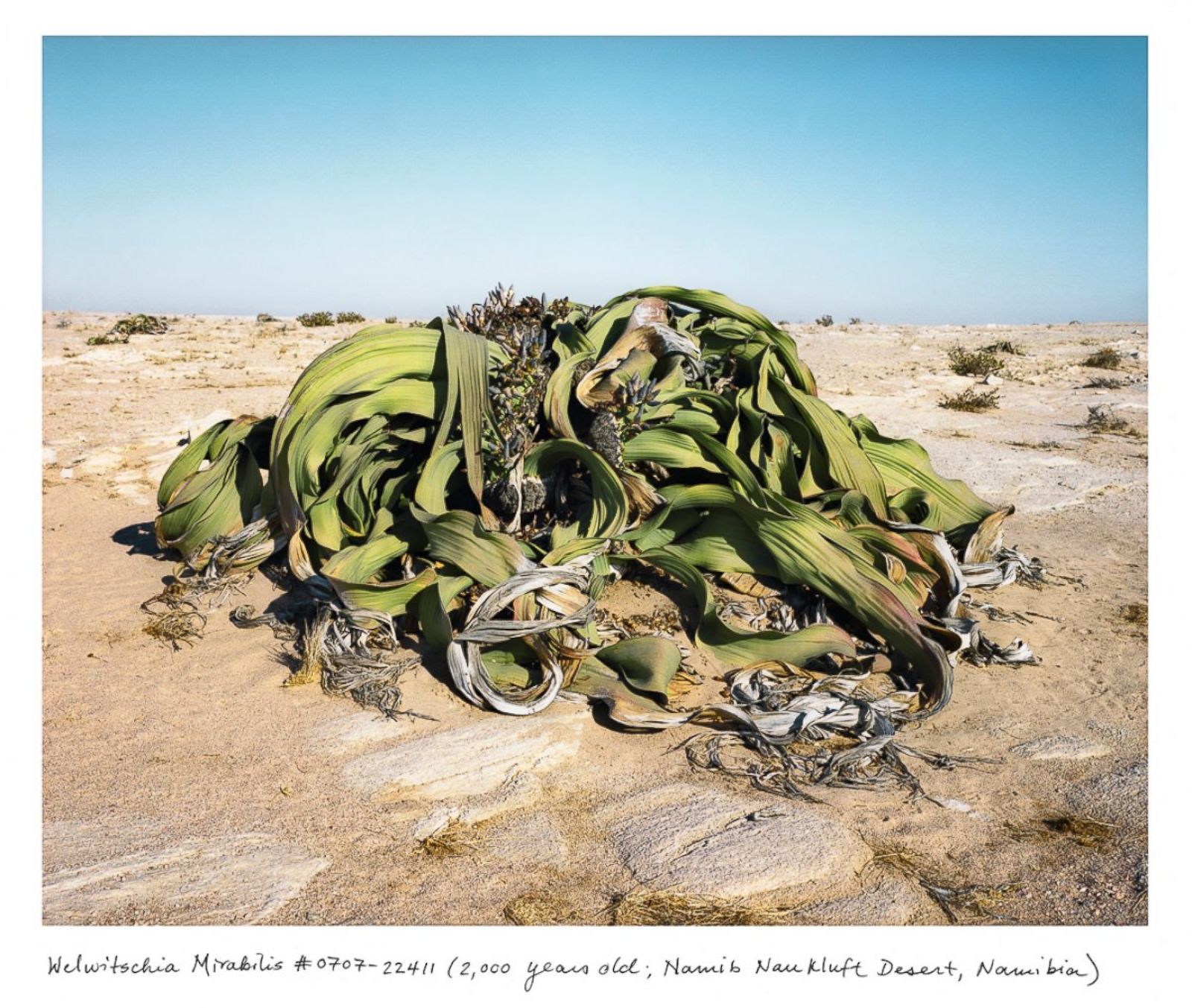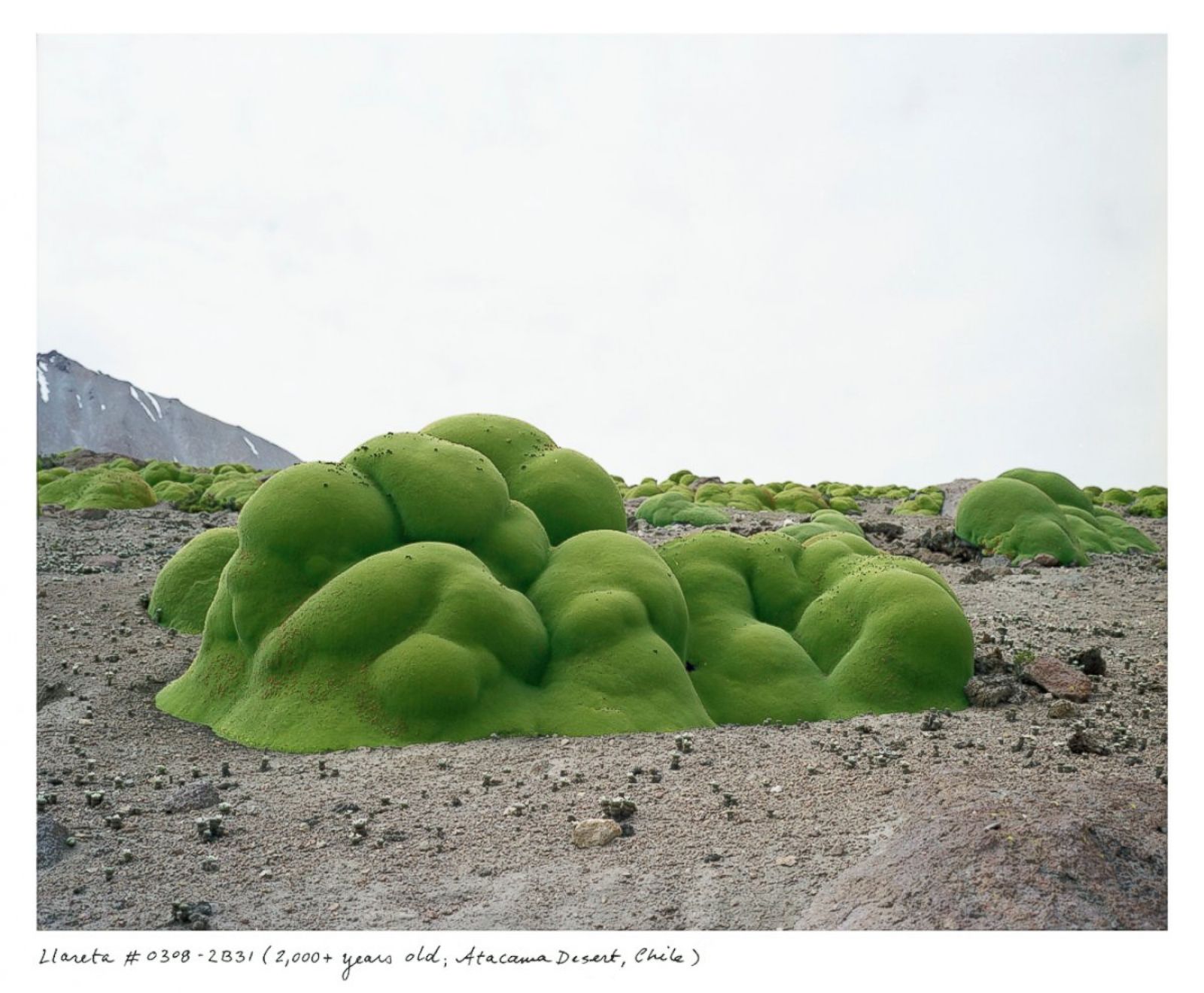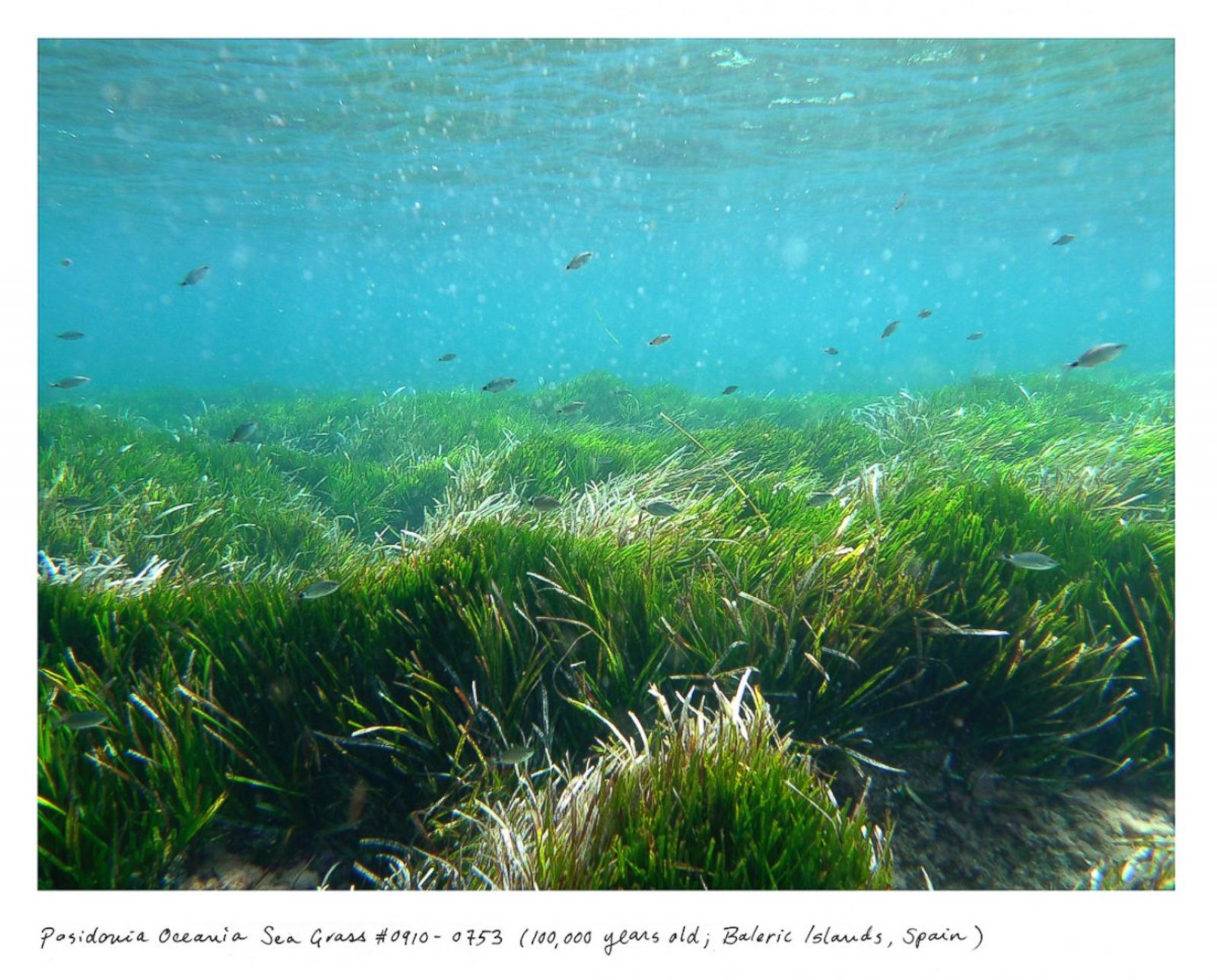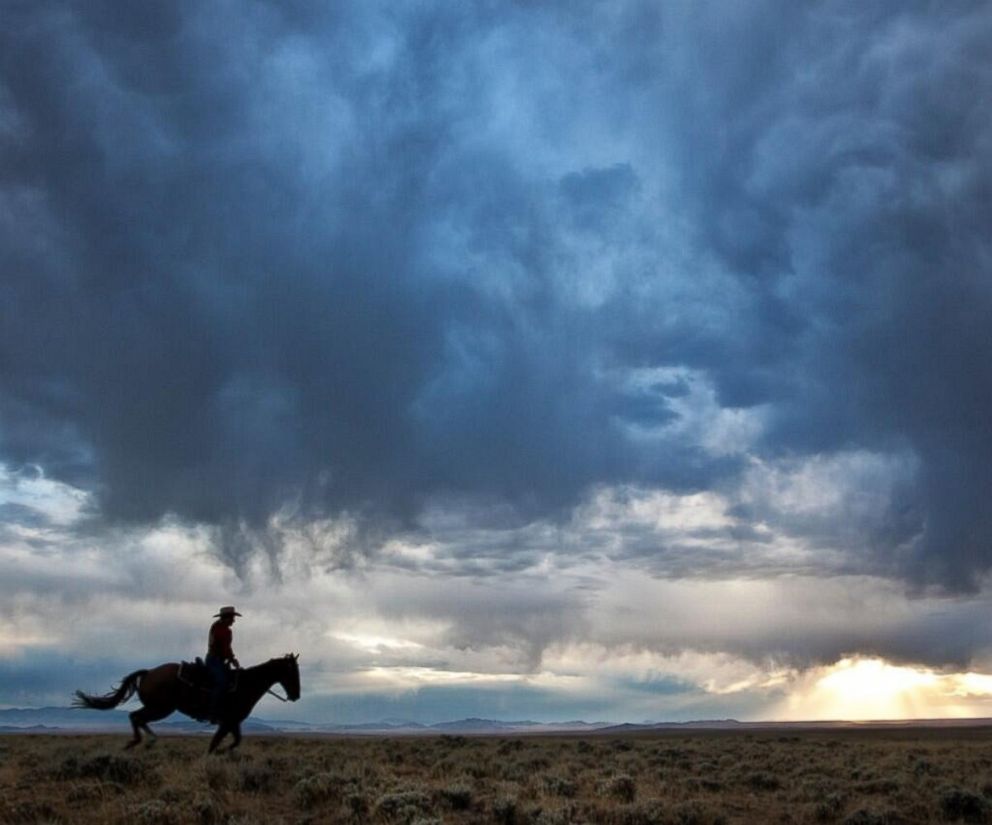The World's Oldest Living Things
1 of 8
This 5,500-year-old Antarctic moss bank lives right around the corner from where the Shackleton Expedition was marooned 100 years ago on Elephant Island, Antarctica. For over a decade, contemporary artist and Guggenheim fellow Rachel Sussman has been documenting the world's oldest living things in a critically acclaimed project. She has shared a selection of her images with ABC News, but more images can be seen on her website.
